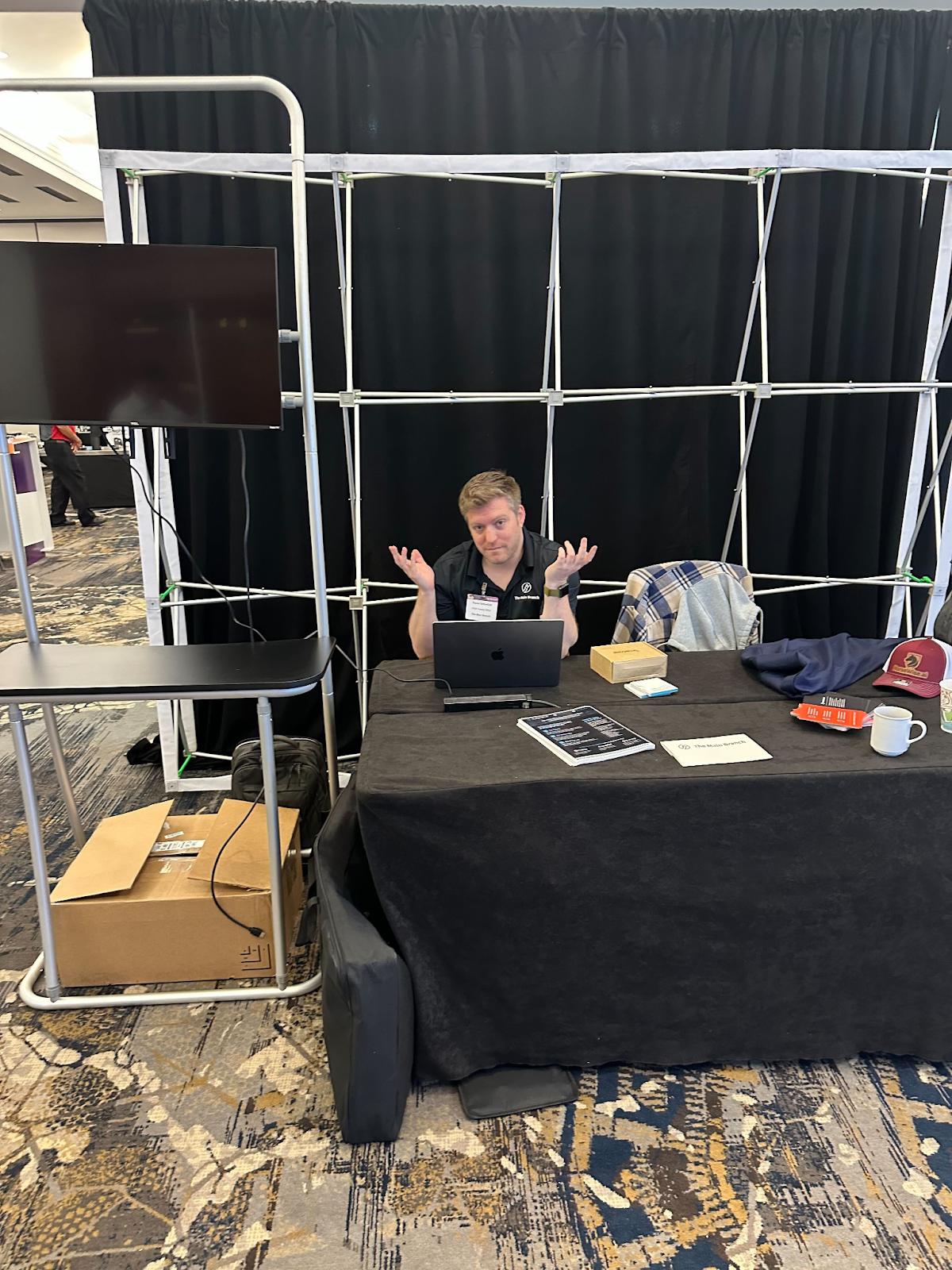Three Nerds Talking Computer Vision at Animal Agtech… A True Story
What happened when we went to Animal AgTech with no product: just expertise, energy, and time to talk.
Hitting the Ground Running: First Impressions
We rolled into Dallas ready to go, until we realized our booth materials had gone missing somewhere in shipping. So we started Day 1 with a prime spot by the front door, a bare table, and the sinking feeling that we looked slightly ridiculous.
But thanks to an entire team effort, and some truly helpful folks from the hotel and event staff, we got everything tracked down and set up just in time. When the doors opened, our booth was complete, the video was playing, and we were ready to roll like nothing had happened.
The event itself had a great vibe. Small, focused, and full of people you would want to talk to. Over two days, we connected with almost everyone: ranchers, researchers, farmers, investors, and startup folks. And they were energized. A shared mission in Dallas was to figure out how to feed more people with fewer resources, smarter tech, and better collaboration. It felt more like a collaborative workshop than a typical trade show.
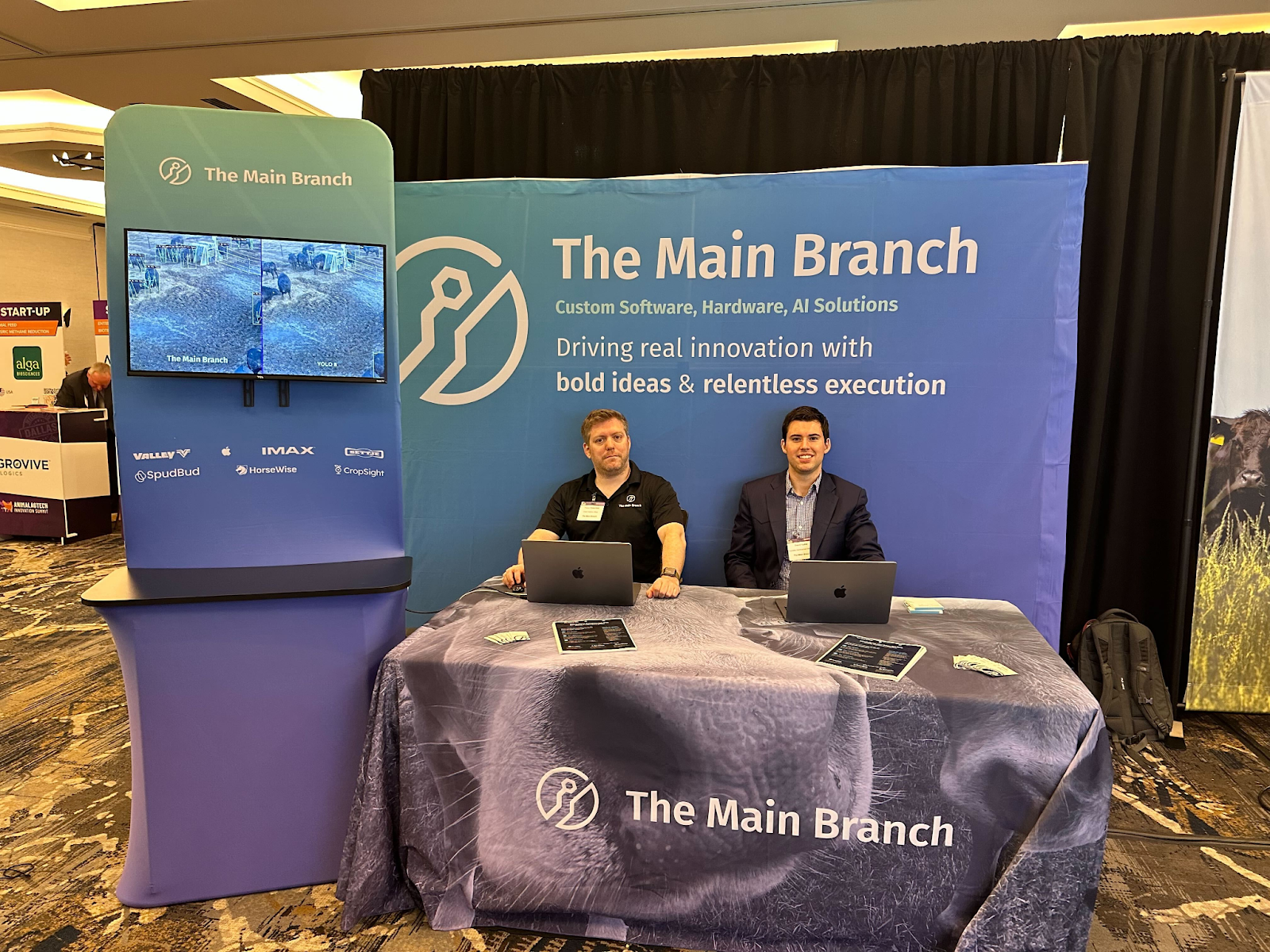
Booth Life: The Setup and the Vibe
We didn’t come with a product to sell. Instead of a demo, we showed up with questions that sparked conversations: Conversations that people were eager to have. We had a short highlight reel playing at the booth that showed off some of our past AI projects, including cattle identification and behavior analysis. It was a significant hit, turning heads and eliciting many “wait, you can do that?” moments.
We were the only team offering custom solutions using emerging tech, AI, and automation. Not a boxed product, but tailored answers to challenging problems. That made us a magnet for brainstorming sessions. We asked questions like:
- What would you want to know if you could monitor your livestock 24/7?
- What does a truly useful computer vision system look like on your farm?
- Where are you losing efficiency and yield?
We provided therapy, tech support, and R&D planning, all rolled into one. At one point, we had ten people in a circle around our booth in an open discussion about cattle ID, AI, and livestock tech. It felt more like a breakout session than an exhibit hall.
We had a rhythm too: Kubie at the high level, Satterfield breaking it down, David diving deep when the engineers showed up. The team brought a potent mix of strategy, clarity, and technical depth, even David, who somehow managed to be helpful and personable for the entire show.
The Crowd: People and Conversations
The agriculture crowd is just different, and in the best way. Down-to-earth, collaborative, and genuinely excited to share knowledge. This industry has a real sense of mission: feed more people, waste less, and do it all with integrity. We felt that energy in every conversation.
We talked with folks from Texas A&M (who had big ideas on animal husbandry), Australians leading the charge in agtech, and industry leaders exploring computer vision for everything from methane tracking to swine flu detection. Conversations kept circling back to one thing: how to get real ROI from tech.
The most common theme? Monitoring. Whether it was weight, behavior, health, or identity, producers wanted to know more about their animals and land in real time. From drones verifying activity on pasture to CV systems scoring body composition, everyone had a version of the same question: how can I do more with what I already have?
What Other Companies Are Up To
One of the best parts of the event was seeing what other companies are building. There’s a lot of creativity out there, from soil runoff testing and IoT water sensors to drone-based herd monitoring and genetic testing kits. Some solutions were simple, others felt straight out of a sci-fi pitch deck.
We had some great conversations with Truetrace, who, like us, are exploring computer vision for livestock identification. It’s always fun to talk with people in the same space, and exchange our experiences with what we’re each building and how. Even among competitors, there was a sense of shared purpose and mutual curiosity.
Halter showed off shock-collar geofencing for grass-fed cattle. Ranchbot had rugged tools for water monitoring. Companies like Optiweigh and C-lock had clever systems for feed delivery and partial-weight estimates.
Across the board, the takeaway was clear: no one’s cracked the code yet, but there’s a lot of momentum. Everyone’s experimenting, iterating, and trying to make real progress. And that’s exactly where we like to be.
AI Takes Center Stage (With Some Explaining First)
There’s still a lot of confusion around AI in agriculture. Most people we talked to had heard the buzzwords (neural networks, chatbots, LLMs), but weren’t sure how AI could help them on the ground.
Once we clarified that we focus on computer vision and demonstrated how we’re using it to solve real, tangible problems like cattle ID, weight estimation, and behavior monitoring, the lights came on. We weren’t talking about AI philosophically. We were talking about AI for ROI.
And once it clicked, people really embraced the idea. There was genuine excitement around how AI could make operations more intelligent, efficient, and resilient.
We heard use cases all across the board:
– Detecting disease early in cattle and poultry
– Estimating body composition and weight
– Tracking animal behavior to detect health issues early
– Identifying livestock from video footage
– Proving asset ownership for financing
– Improving traceability for food safety and compliance
These examples tied back to a real business case, and once people saw that, they leaned in. Our synthetic data work emerged in a few of those conversations, especially when the discussion got more technical. And even the skeptics were left intrigued.
We’re not selling “AI”, we explained, we’re helping people figure out what’s worth solving, and then building the solution with them.
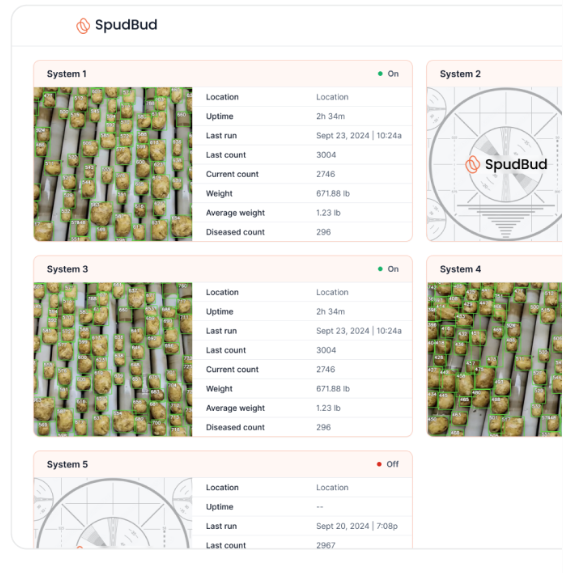
Beyond the Booth: Dallas and the Experience
Dallas delivered. The weather cleared just in time, the food was solid (quesadillas, buffet, and elite guac), and the LRH bar at the Omni Las Colinas earned high praise, especially from our server Matt, who picked our entire dinner and absolutely nailed it.
Kubie commuted from home. Satterfield stayed somewhere that probably didn’t have matching bedspreads. David kept wandering off and always returned with snacks or new friends. It was a complete experience.
The event itself was incredibly well-run. The Rethink Events team handled logistics like pros, smoothed over every bump with a smile, and created a space that made it easy to connect with everyone there. Jamie from their team kept the energy up and ensured everyone felt like part of the crew. Plus, he brought us beer before happy hour started to make up for the booth fiasco. Respect.
Texas Agriculture Commissioner Sid Miller gave a keynote address, which Kubie was enthusiastic about seeing since he helped vote him into office. Agriculture is a small world; this show made it feel even more connected. #ThatsMyCommish.
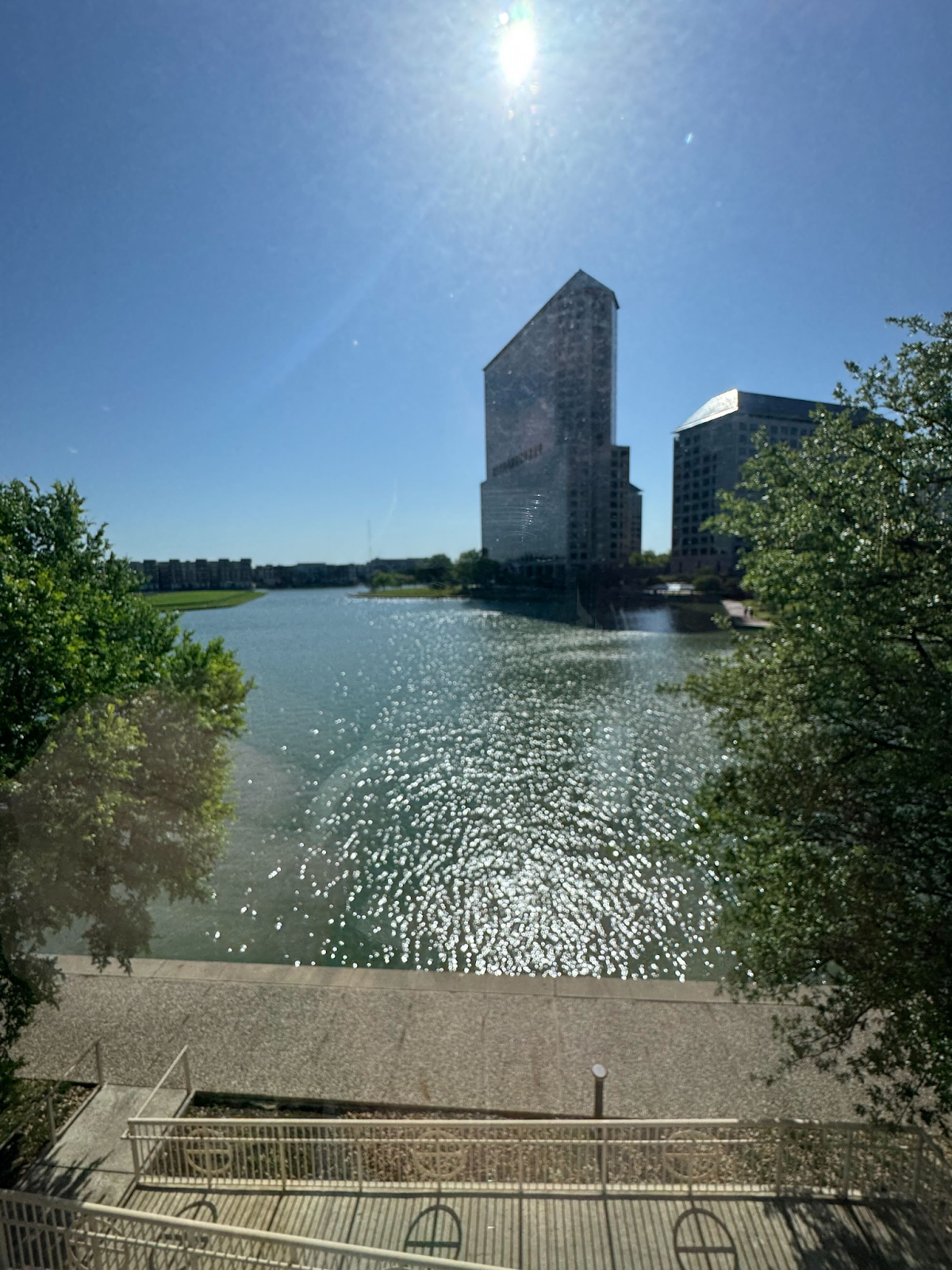
7. Highlights
Satterfield kept asking what the WiFi password was (loudly, repeatedly, and with increasing theatrical flair) until the organizers finally brought the sign over and gave it to us. We propped it up on our booth like a badge of honor, and it quickly became one of the running jokes of the day.
We helped at the check-in table, swapped name tags, and traded nonstop banter with nearby booths. Our little corner of the floor quickly turned into a friendly neighborhood with running jokes, shared snacks, and delicate swag diplomacy. It felt less like a trade show aisle and more like a block party for agtech.
At one point, the organizers rang a handbell to move people to the next session. Satterfield and Kubie immediately turned it into a conga line. We don’t know why. We’re not asking. But it was one of the high points of the show.
David finagled an early beer before happy hour started, and spent the next ten minutes casually sneaking sips like he was getting away with something until everyone else had one too.
And yes, he also “accidentally” handed someone his hotel room key, thinking it was his business card. Still unclear if a meeting ever got scheduled.
It wasn’t just a trade show, it was a hang.
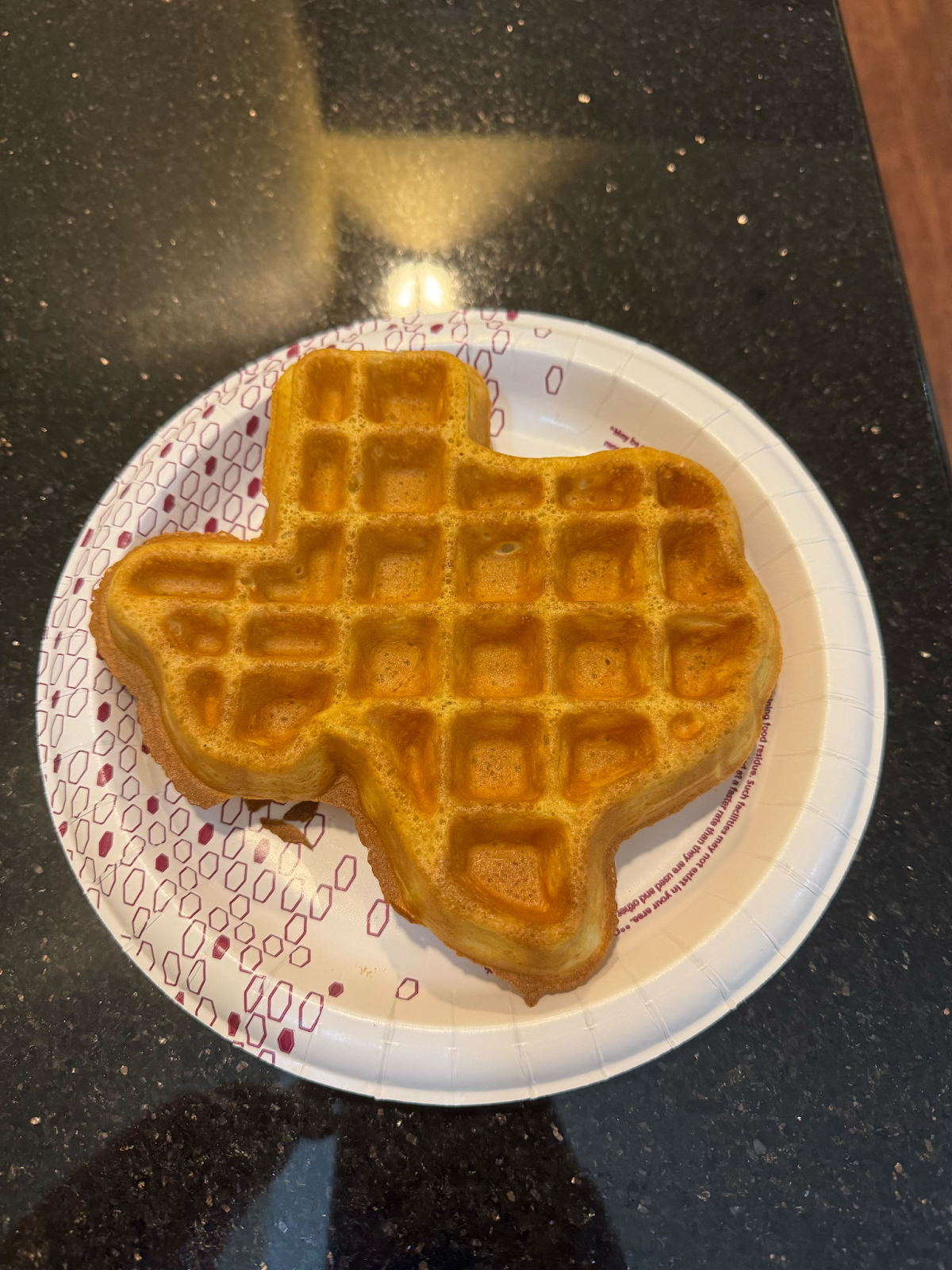
8. What We Learned and What’s Next
This event confirmed what we’ve been seeing in the field: agriculture is ready for more innovative tools, but not more noise. People are hungry for solutions that solve problems, not just pitch buzzwords.
We learned that the industry is excited about AI, computer vision, and automation, not in a hype-driven way, but in a hands-dirty, results-matter way. Everyone we talked to had tangible goals, challenges, and a desire to do more. And that’s precisely where we come in.
We’re not building generic platforms or one-size-fits-all products. We’re here to partner with folks across ag, listen to the tough stuff, and make the right thing: whether that’s an AI-powered monitoring tool, a CV model for behavior detection, or something that doesn’t exist yet.
The ag community showed up with open minds, sharp questions, and a real sense of purpose. We left feeling welcomed, energized, and more convinced than ever that this is where meaningful innovation happens.
We’ll absolutely be back next year, and next time, we’re hoping to be on stage, sharing what we’ve learned and built. If the Brighton version lives up to Dallas, we’ll see you there too- hopefully with all our booth materials in hand this time.
